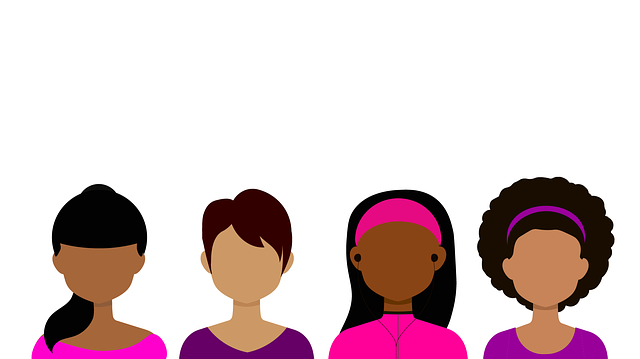Labeling has no place in schools
–Many teachers admit to the so-called “labeling syndrome”, whereby they are not allowed to label children, but rather to use the word “labeling” as a way of making them feel more comfortable. Here again, a rather negative reputation prevails. Information about the child spreads further from group to group of educators.
–Therefore, it is highly inappropriate for professionals to frame children. There are also so-called teacher behavior zones, which favor students who sit in certain areas of the classroom. These are zones conducive to socialization (intense communication, students paying attention, high student evaluations, around 3 meters)

– on the other hand, there are also so-called “action zones,” where students are encouraged to sit in certain areas of the classroom. communication shadows(teachers evaluate students sitting there poorly, no eye contact, students enjoying themselves more, being disruptive)
– unwillingly, almostall teachers admit that they are unconsciously creating labels and other evaluations-and that they are not always aware that they are creating labels and other evaluations.

Conflict is not acceptable
– When a child begins to misbehave, the teacher can try to divert the child\’s attention elsewhere or persuade him not to do sobut must not cause conflict.
– Teachers often have to avoid confrontational situations and thus avoid disciplinary skirmishes. Why. Because students may be punished by being reprimanded by the classroom teacher or principal.-and this -and in turn
-may cause the parents\’ displeasure, who may then transfer their children to another school. Then in turn, the school principals will be cheated out of the money they receive for the child, and they will not like it. Who benefits as a result? The teachers. [because the number of children in their class will decrease and that class will either disappear or merge with a neighboring class.
Teachers\’ professional identity
– It is clear that many teachers experience professional failure
, these moments did not bring teachers to their knees ,but served only to strengthen them and help them grow into professionals. [55]-In doing so, they built a professional identity [56] and, in part, a vision for their profession and their work [57]. 58]-The development of professional identity is an ongoing process in which teachers acquire and shape their experiences. [The ideal teacher identity is a source of positive dissatisfaction.61]It can be said that teachers seek identity in the perfect teacher who does not exist. But there is no teacher who has perfectly mastered the role of teaching, the direction and destination of the journey. We can only approach it.